INFOS & SERVICE
OUR OTHER WEBSITES
Arrive in Kunming
Welcome in Yunnan, China
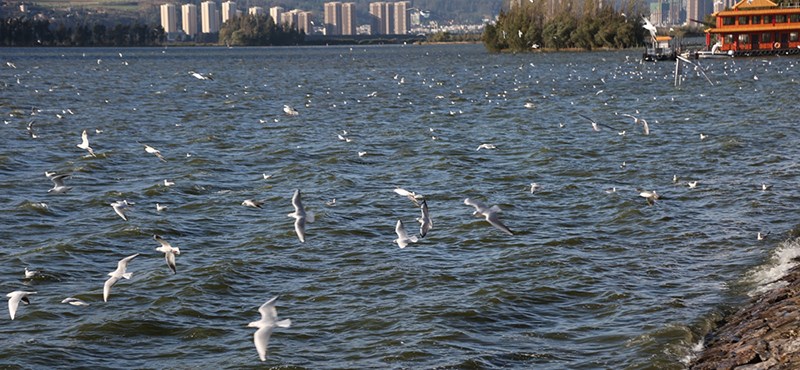
High-speed train Kunming – Dali
San Ta Si, Erhai Lake, Dali ancient small town
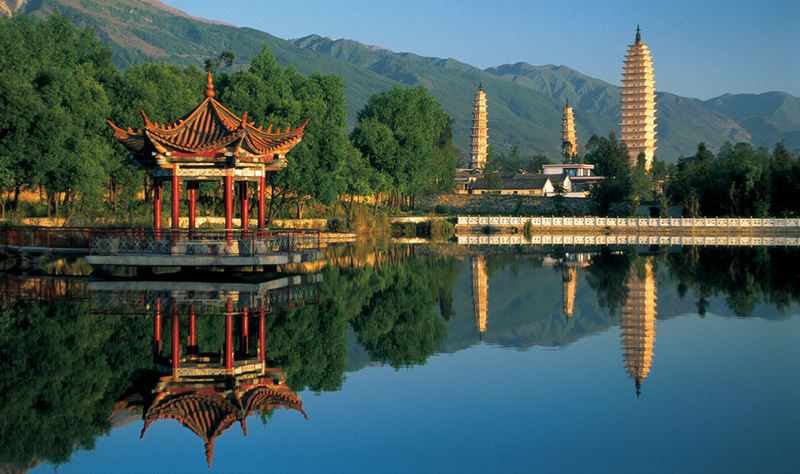
Dali – Xizhou – Shaxi – Lijiang
Old towns Xizhou and Shaxi. Ancient tea horse road
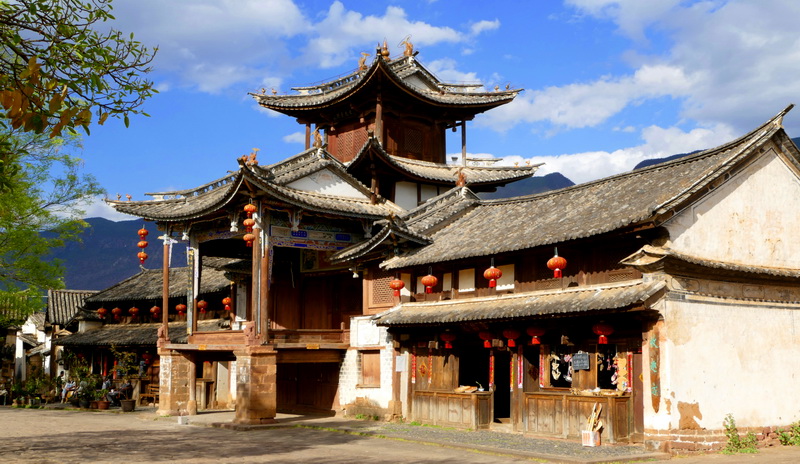
Lijiang
Old town Lijiang, Black Dragon Pool, Dongba Culture Museum, mural at Baisha Village and residence of Josef Rock at Yuhu Village
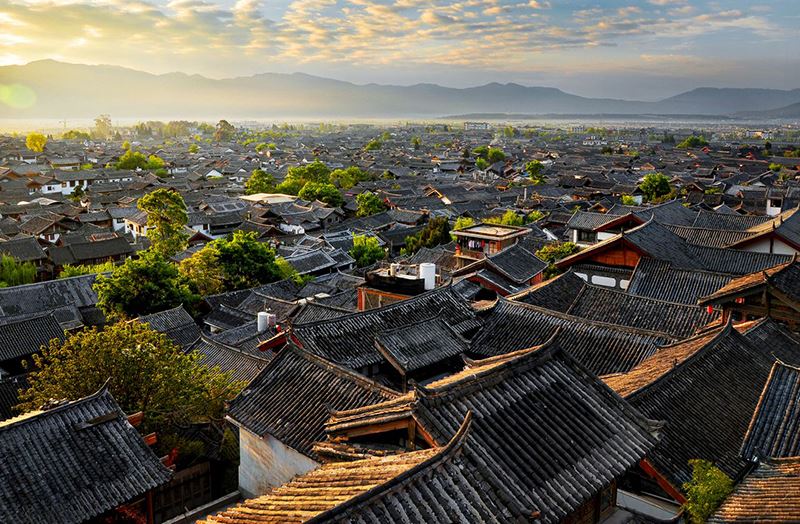
Lijiang – Tiger Leaping Gorge – Shangri-La
Walking in the Tiger Leaping Gorge. Old town Dukezong
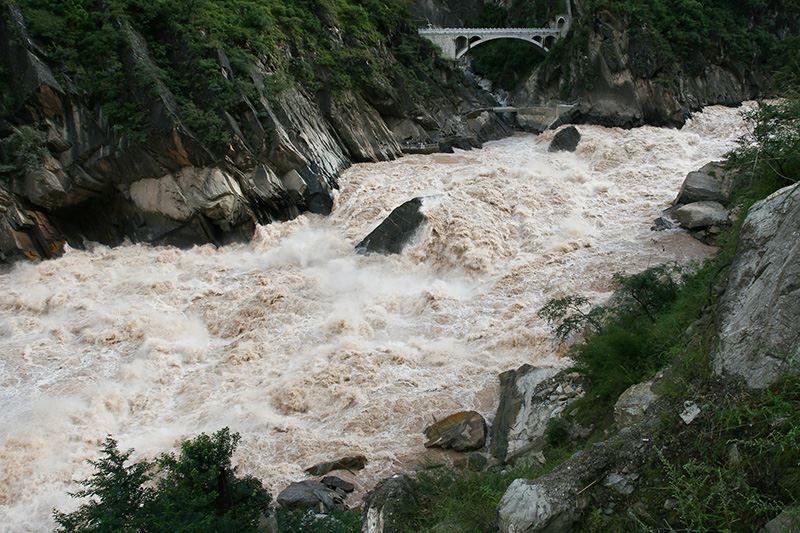
Shangri-La
Sumzanlin Monastery and Napahai Lake
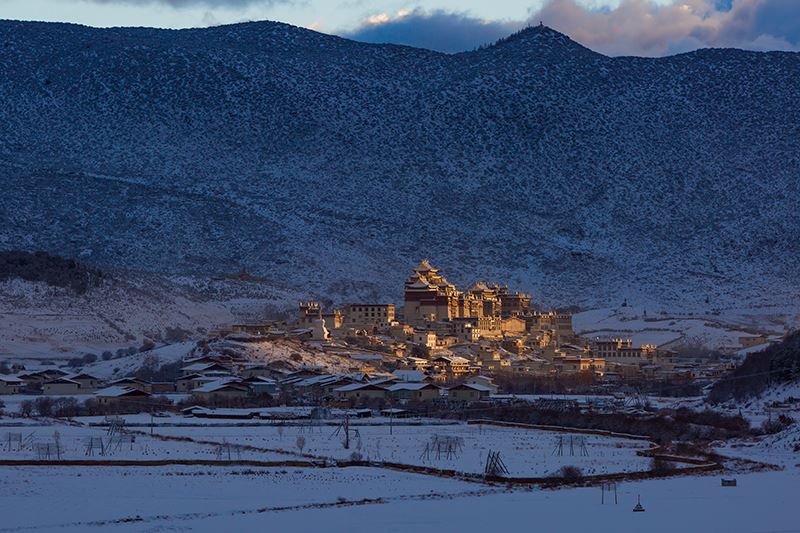
Shangri-La – Benzilan - Dechen – Feilai Si
Benzilan Village, The first bend of Jinsha Jiang, Dong Trubling Monastery, sunset of Meili Snow Mountain
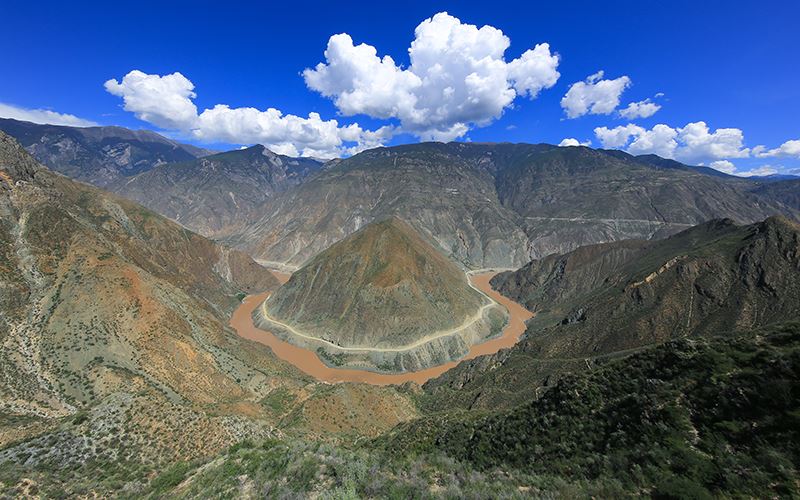
Feilai Si – Mingyong Glacier - Feilaisi
Meili Snow Mountain, hiking to Mingyong Glacier
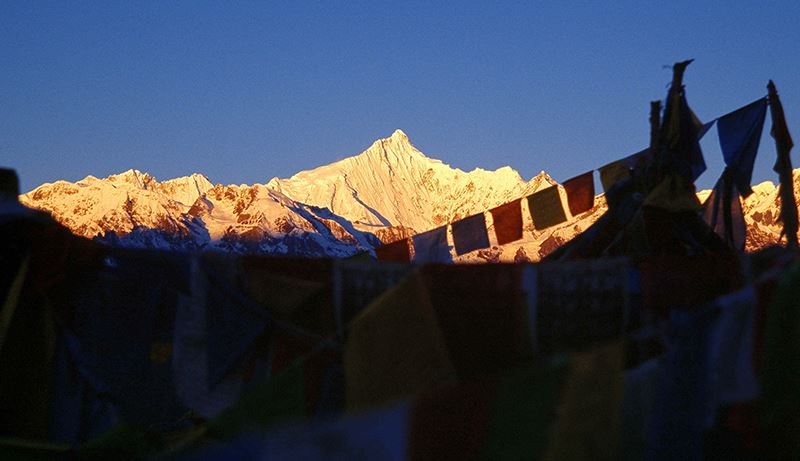
Dechen – Markam – Zuogong
Drive in the Three Parallel Rivers Regions, central area of Hengduanshan Mountain Range. Leave Yunnan and enter Tibet
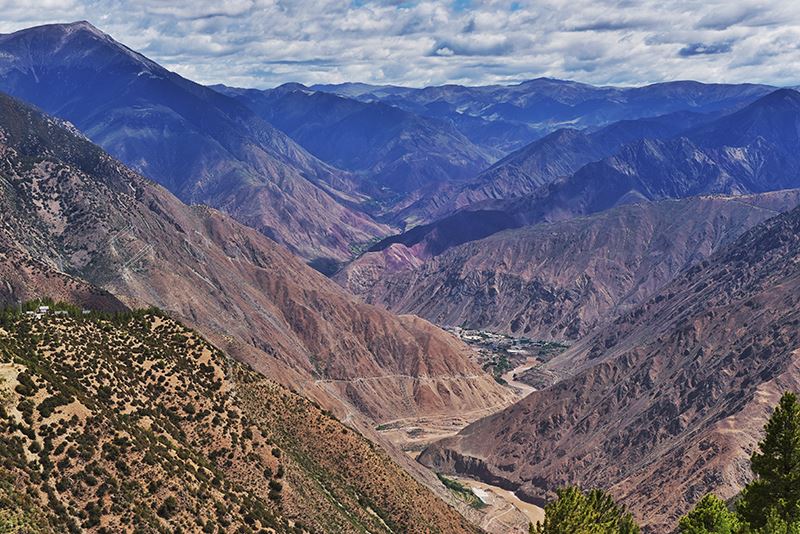
Zuogong – Bangda - Baxoi – Ranwu
Overcome 72-turn, stay be the beautiful Ranwu lake
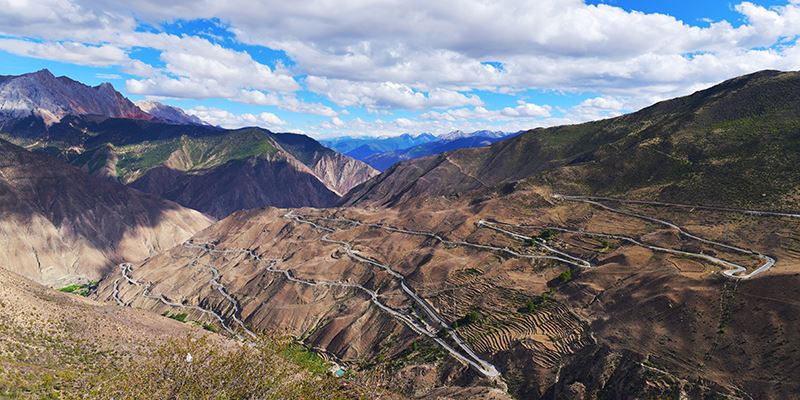
Ranwu – Midui – Bome - Lulang
Midui Glacier, Parlung Tsangpo, Lulang Town
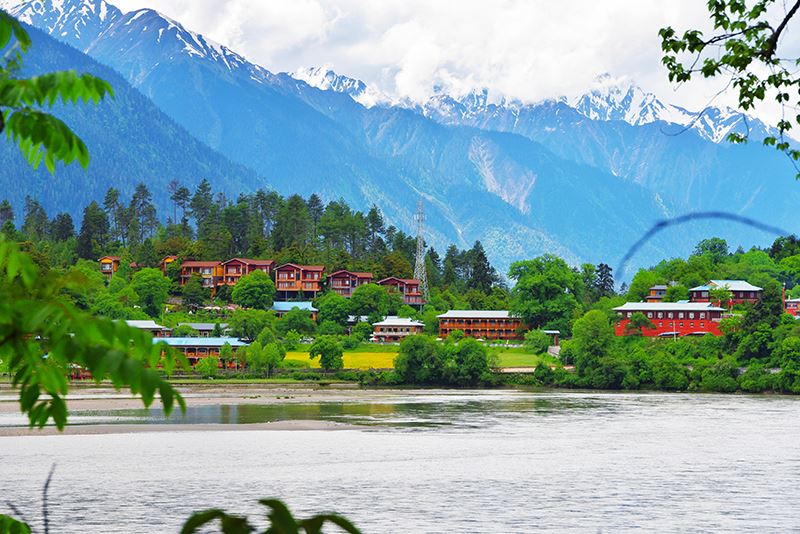
Lulang - Linzhi - Basum Tso
Overlook Gyala Pelri and Namjabarwa, Buchu monastery, Lamaling temple, Ancient Giant Cypress Forest, Niyang River, Basum Tso Lake
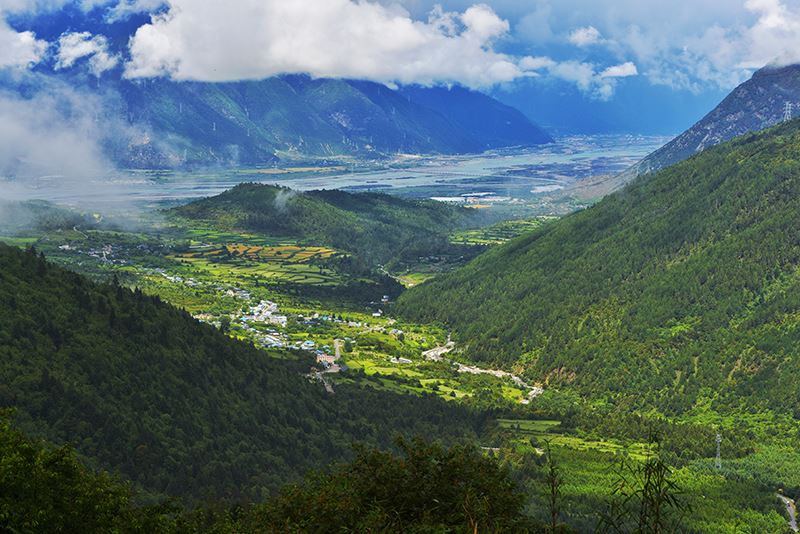
Basum Tso – Gandan – Lhasa
Mi La Mountain Pass. Gandan Monastery. Welcome in Lhasa!
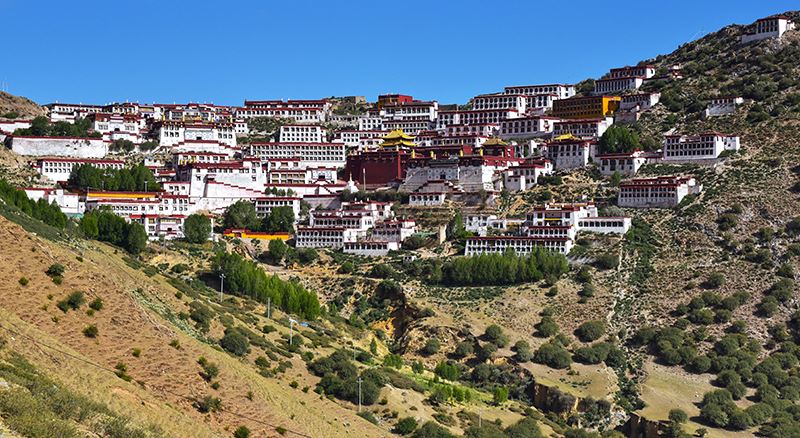
Lhasa
Potala Palace – landmark of Lhasa, Jokhang and Barkhor Street
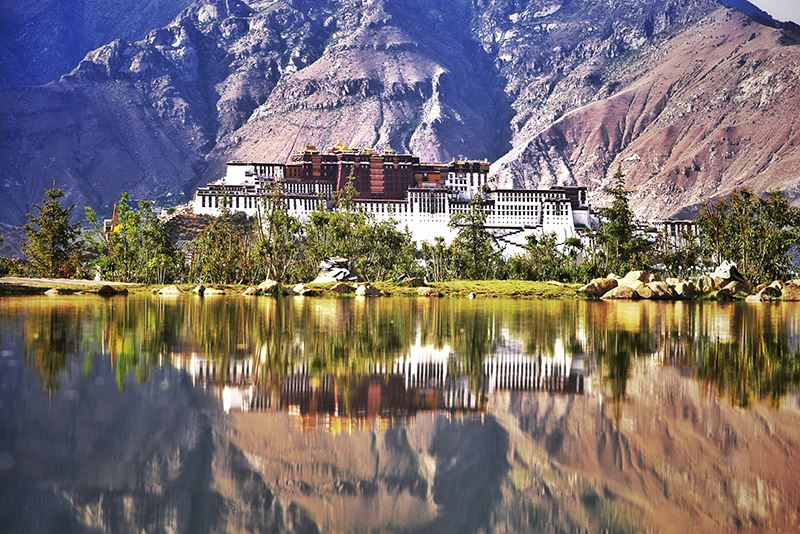
Lhasa
Panoramic view over Potala, Norbulingka, Debate in Sera
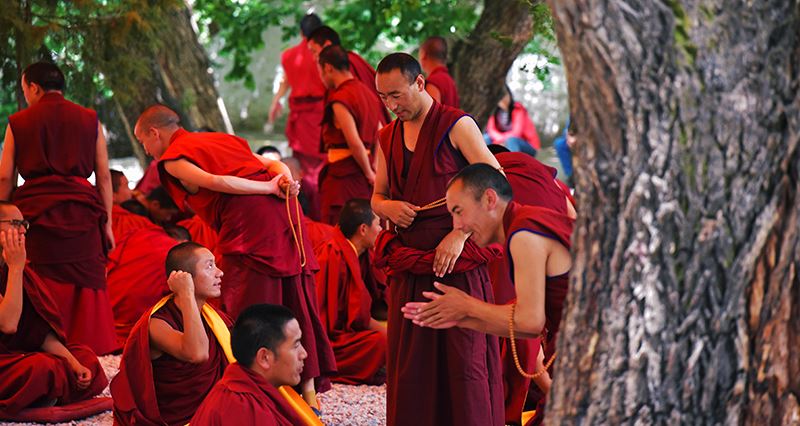
Lhasa – Gyantse – Shigatse
Karo La Pass and Glacier, holy lake Yamdrok, Palkhor with Pagoda Kumbum
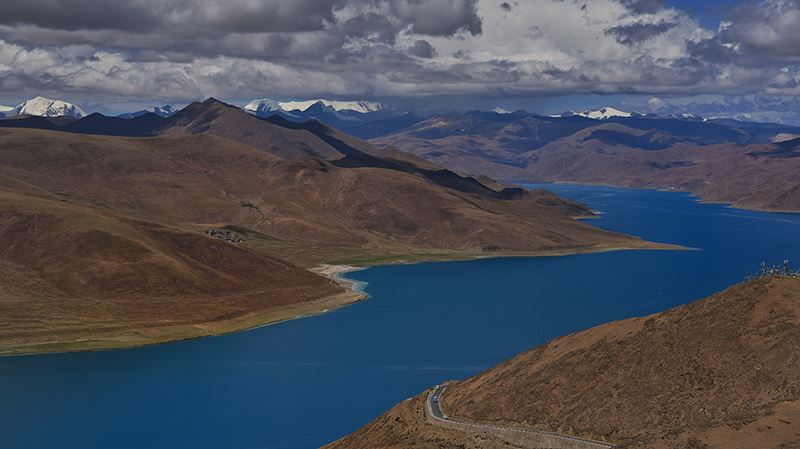
Shigatse – Shegar – Rongbuk / Everest BC
Tashilhunpo Monastery, Rongbuk Monastery, Sunset on Qomolangma (Everest)
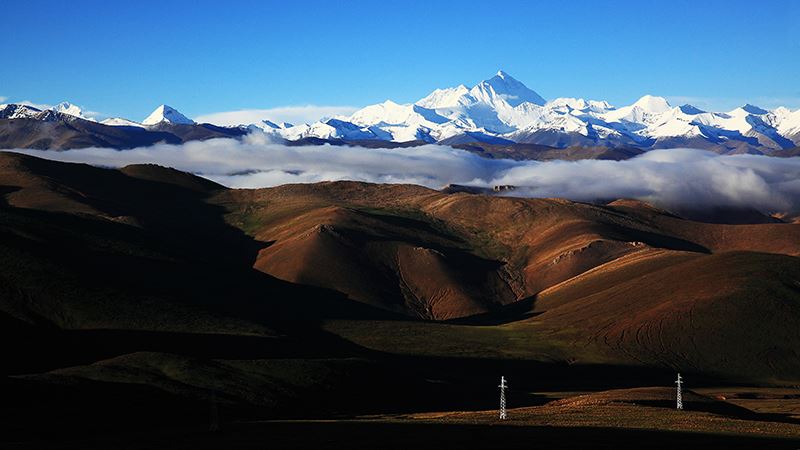
Rongbuk – Old Tingri - Paiku Tso – Kyirong
Sunrise over Qomolangma (Everest), Paiku Tso Lake
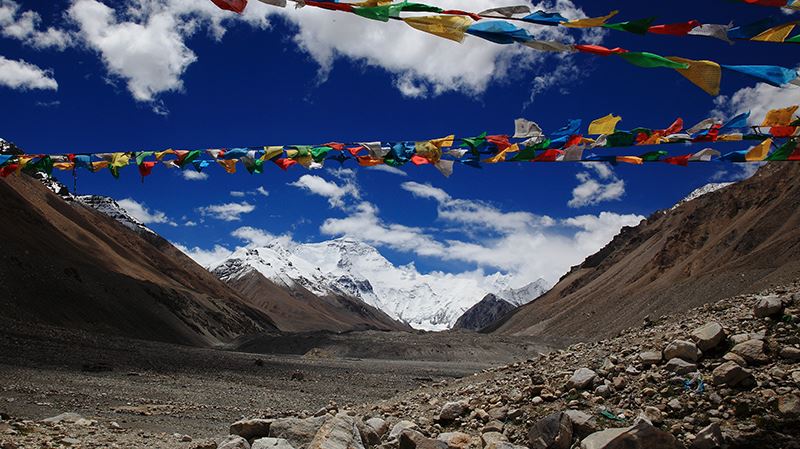
Kyirong – Kathmandu
Hello Kathmandu, Nepal
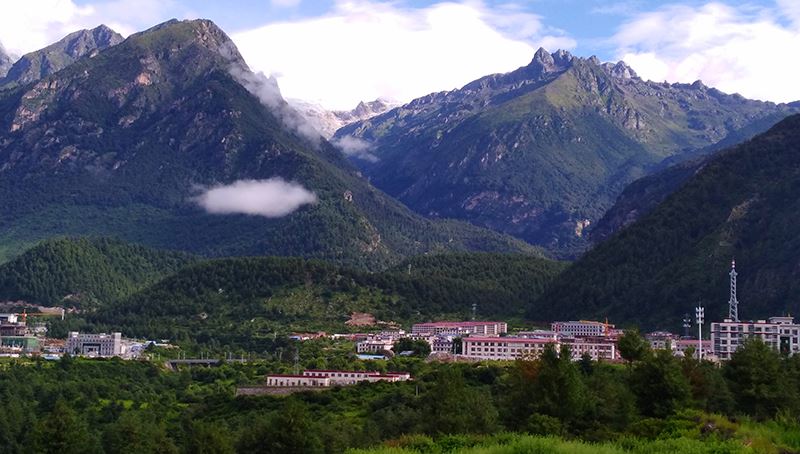
Kathmandu
Villages Khokana and Bungmati, city of Patan
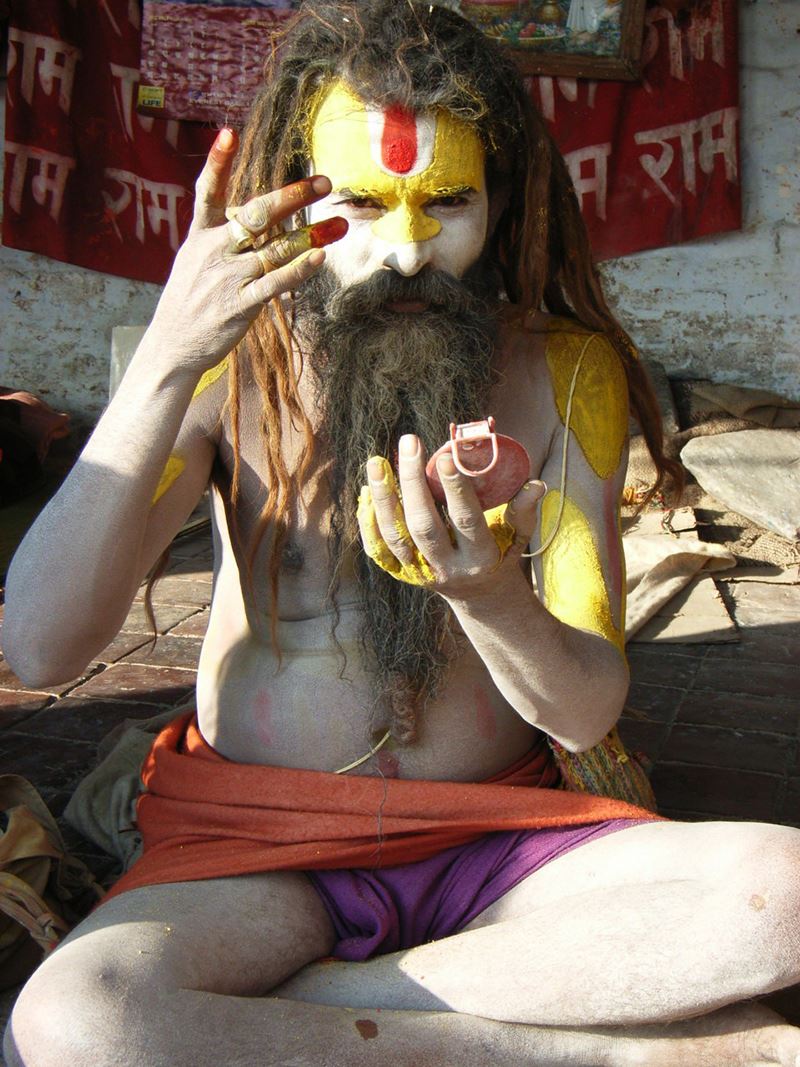
Kathmandu
Durbar Square, Hanuman Dhoka Palace, Pashupatinath Temple, Bouddhanath
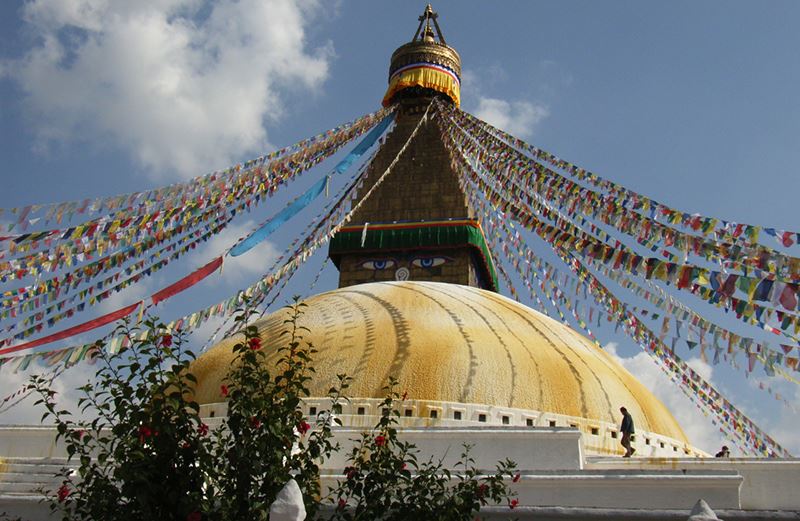
Leave Kathmandu
Home flight or onward journey to the next destination
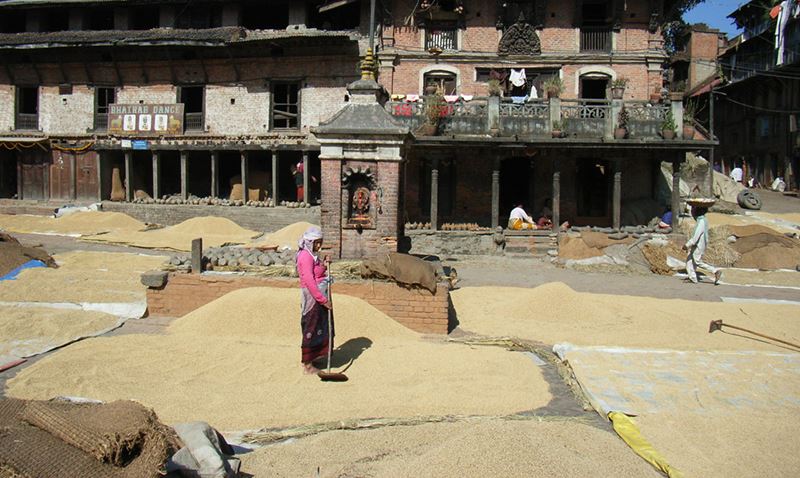
Private travel, great experiences! Please contact us for your tailor-made travel offer.
With individual China Tibet travel, you can decide when, where and how you go on tour by yourself. What's more, you can choose the length of travel and whom you go with.